Homeopathic Miasm Books
The Homeopathic Miasms include Psora, Sycosis, Syphilis, Tuberculosis, Aids and many more. The literature is very extensive and ranges from small pamphlets to large text books depending upon your requirements. Published book reviews are reproduced on the Tab (if available) when you view the book description, to help you with your choice.
-
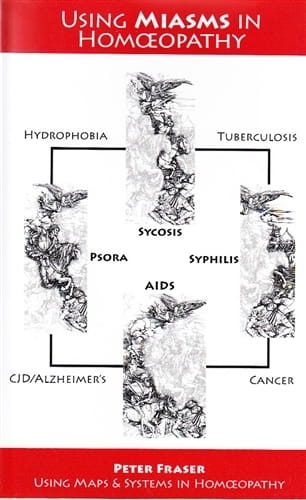 In Stock
Using Miasms in Homoeopathy
In Stock
Using Miasms in Homoeopathy
-
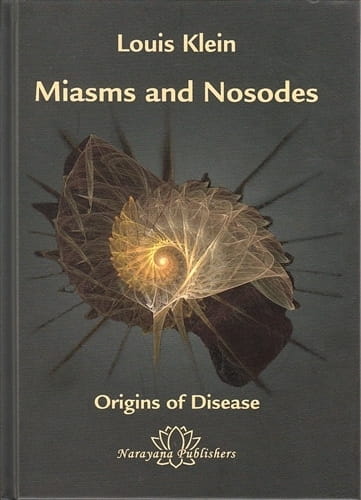 Arriving Soon - Available to Order
Miasms and Nosodes (Volume 1)
Arriving Soon - Available to Order
Miasms and Nosodes (Volume 1)
-
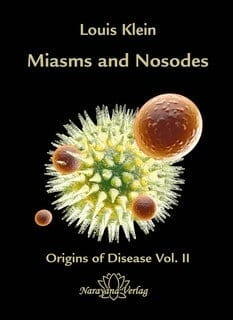 Arriving Soon - Available to Order
Miasms and Nosodes (Volume 2)
Arriving Soon - Available to Order
Miasms and Nosodes (Volume 2)
-
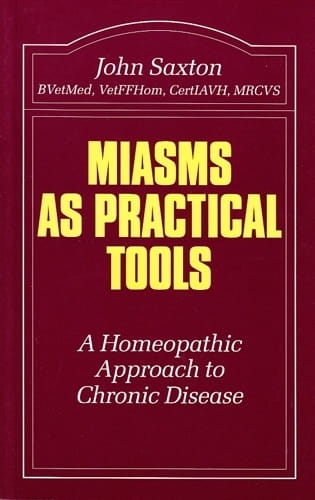 Arriving Soon - Available to Order
Miasms as Practical Tools
Arriving Soon - Available to Order
Miasms as Practical Tools
-
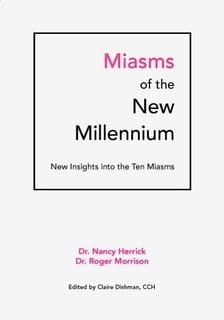 In Stock
Miasms of the New Millennium
In Stock
Miasms of the New Millennium
-
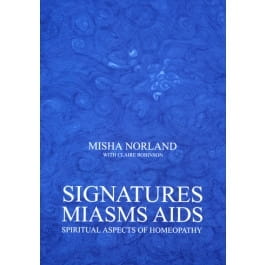 In Stock
Signatures, Miasms, Aids
In Stock
Signatures, Miasms, Aids
-
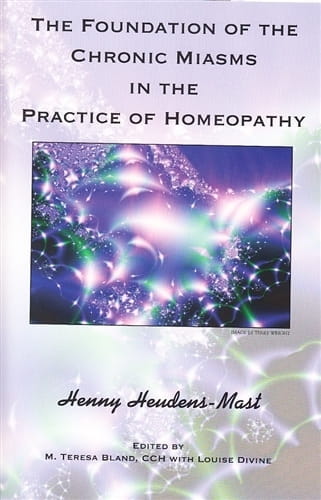 Arriving Soon - Available to Order
The Foundation of the Chronic Miasms in the Practice of Homeopathy
Arriving Soon - Available to Order
The Foundation of the Chronic Miasms in the Practice of Homeopathy
-
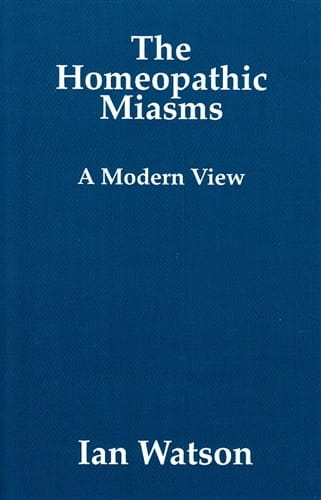 In Stock
The Homeopathic Miasms: A Modern View
In Stock
The Homeopathic Miasms: A Modern View
-
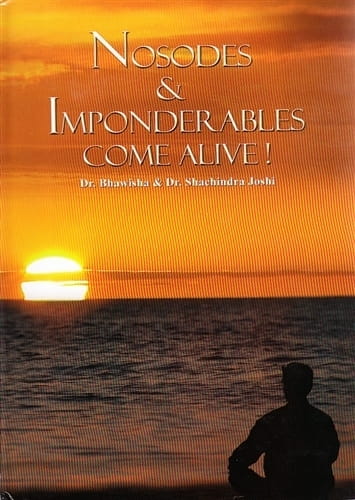 Arriving Soon - Available to Order
Nosodes and Imponderables Come Alive!
Arriving Soon - Available to Order
Nosodes and Imponderables Come Alive!
-
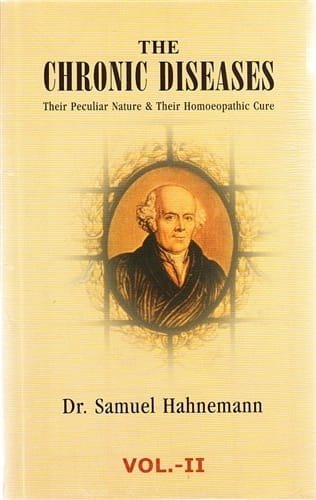 In Stock
The Chronic Diseases: Their Peculiar Nature and Their Homeopathic Cure (2 Volumes)
In Stock
The Chronic Diseases: Their Peculiar Nature and Their Homeopathic Cure (2 Volumes)
-
 In Stock
Soul and Survival: The Common Human Experience
In Stock
Soul and Survival: The Common Human Experience
-
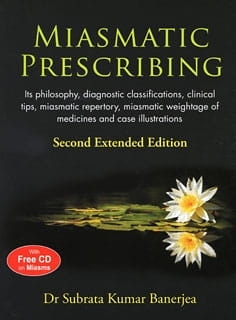 In Stock
Miasmatic Prescribing (Paperback Edition)
In Stock
Miasmatic Prescribing (Paperback Edition)
What is a homeopathic miasm?
A miasm can be defined as an adverse influence that, upon entering the body, could trigger a specific ailment. Miasms represent the inherited traits of diseases and genetic predispositions that are passed down across generations, closely associated with the essence of chronic ailments. It resembles a predisposition toward manifesting a particular disease, be it inherited, acquired, or acute in nature.
The miasm is a concept that is specific to homeopathy and, as a consequence, has nothing against which to define it. Hahnemann developed it from theories of disease that were widespread in his time. As those theories faded, the Miasms came to mean different things for homeopaths so there is no absolute way in which the Miasms are to be interpreted or used.
Our range of books help the student or practitioner explore the concept of the Miasm in a modern-day context.
What are the different types of miasms?
In homeopathy, a miasm is thought to be a fundamental cause of chronic disease. Rather than describing a specific infection, it represents a deep energetic pattern that may pass from generation to generation. Understanding these patterns helps homeopaths identify the underlying reason certain illnesses reappear or resist treatment.
The Three Classical Miasms
Psora
Known as the most basic miasm, Psora relates to deficiency, sensitivity, itching, and chronic irritation. It is often seen as the root of many health problems.
Sycosis
This miasm involves excess, overgrowth, and accumulation. It can be associated with warts, thickened tissues, or chronic inflammation.
Syphilis
The deepest and most destructive miasm, linked with degeneration, ulceration, and severe or progressive disease processes.
These three miasms form the foundation of Hahnemann’s understanding of chronic illness.
Later Developments and Additional Miasms
Over time, homeopaths have expanded the theory to include new classifications and variations that describe a wider range of disease patterns. Some of these include:
Tubercular Miasm
Combines aspects of Psora and Syphilis. It reflects alternating energy between activity and exhaustion, often linked with restlessness and recurrent infection.
Malarial Miasm
Describes cyclical patterns of illness such as periodic fevers or recurring symptoms. It bridges the gap between acute and chronic states.
Acute Miasm
Refers to short-term disease tendencies that can influence long-term health when left unresolved.
Different homeopaths may describe additional miasms or interpret them in unique ways. Studying a range of authors can help you compare theories and understand how each approach contributes to modern practice.
